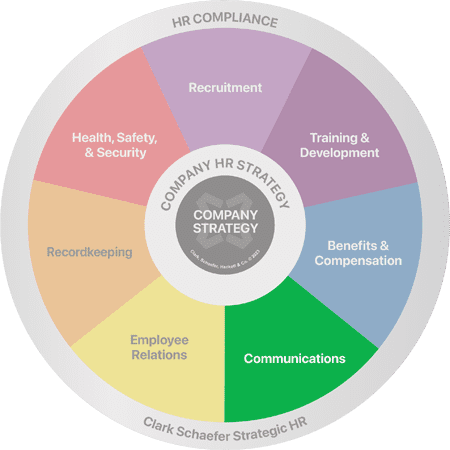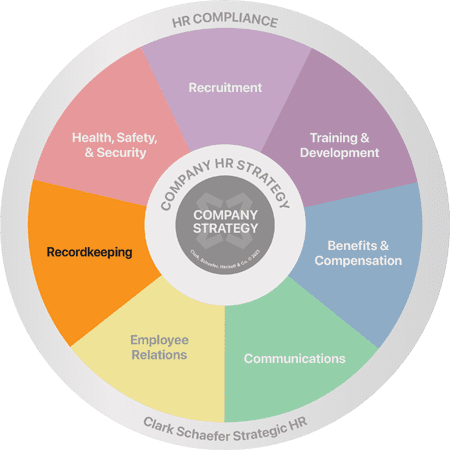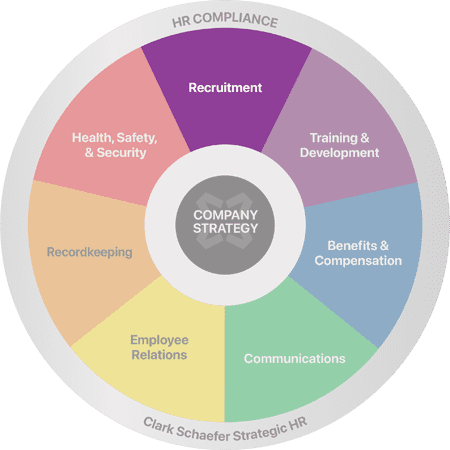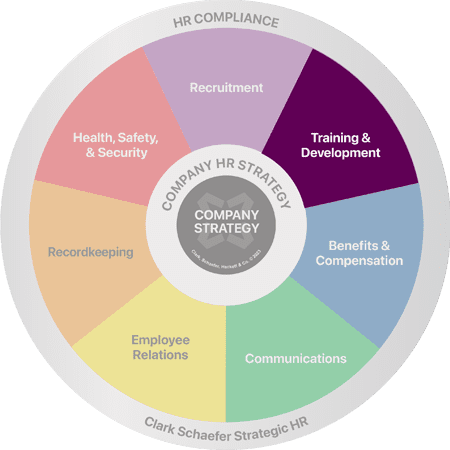5 Key Points To Use Assessments in the Employee Life Cycle
Last Updated on October 4, 2023 / Employee Relations, HR Strategy
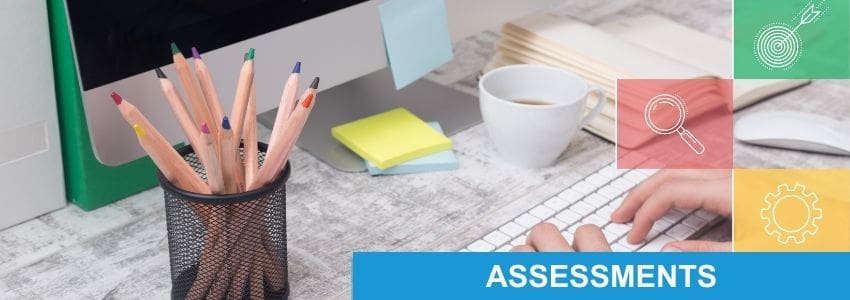
What is so significant about the term experience? Experience is how we remember life. An experience awakens the senses and, for better or worse, leaves a lasting impression. Often, those impressions are shared with others, especially with the ease of the Internet and social media. Driven by this, organizations today strive to leave a positive impression on the experience of customers, clients, and employees. For our purposes, we’re going to focus on how employers can significantly impact the employee experience.
We often hear, “Timing is everything.” So, when should you focus on the employee experience? Successful organizations are thinking about the employee experience along every phase of the employee life cycle. The good news is there are many new tools and technologies to help organizations build a unique and impactful employee experience, and one that remains tried and true is the use of assessments across the employee life cycle.
Below are five key points in the employee life cycle where the use of assessments can make a lasting impression on your employees and play an important role in your organization’s ability to attract, develop, and retain employees.
1. Enhancing Hiring Decisions
Let’s start at the beginning of the employee life cycle – recruitment. Assessments used in this stage, such as pre-screen questionnaires, can significantly enhance the accuracy and effectiveness of the hiring process.
Try using assessments in two ways – internally and externally. Before you begin sourcing or searching for candidates, consider using assessments to help internally benchmark what you’re looking for in the role, including the competencies required. Are there skills or traits your current team is missing, or are there different perspectives that could help create diversity of thought? Once you identify these measurable competencies, you can highlight them in your job ad.
When the external search begins, assessments can provide additional insights that screening and interviewing may not be able to. Plus, assessments can provide unbiased and data-driven results that traditional screening methods can’t.
Whether it’s cognitive, personality, or behavioral assessments, you can glean valuable insights into a variety of different competencies. This can help your organization minimize bias, reduce turnover, and hire candidates who are more likely to succeed.
2. Identifying and Developing Potential
After a successful hire, your focus should shift to engagement and retention. From our research findings of generational preferences in the workplace, we know that growth and development opportunities are among the top three reasons employees choose to join an organization. This presents a great opportunity to use assessments to help identify and develop an employee’s potential within your organization.
Don’t believe us? Consider Estée Lauder’s example as they embedded the CliftonStrengths assessment into their culture, processes, and key metrics. When employees understand their strengths and how to leverage them for themselves, their team, and the organization as a whole, it can be a powerful realization for employees and a winning combination for employers. For Estée Lauder, by identifying and cultivating individual strengths, employees felt valued, empowered, and motivated to do their best work, thereby leading the company to award-winning heights.
Today’s expected employee tenure is already short – a median of just over four years, according to the BLS. However, when organizations leverage assessments and subsequent reports to support the employee’s career path within the company, it allows the employee to pursue roles that are more aligned with their interests and career goals. These growth and learning opportunities help to increase that tenure (and potentially turn employees into ambassadors for your organization).
3. Designing Training and Development Programs
On an organization-wide scale, assessments can empower HR to offer training and development programs that meet targeted and personalized needs. Depending on the kind of assessment (technical, cognitive, behavioral, skill, leadership, etc.), the appropriate training programs or providers can be brought in to support a team’s growth and learning in areas that are aligned with the desired organizational outcomes.
Assessments aren’t just for your human talent, however, they can and should be used to evaluate the effectiveness of training programs as well. Pre- and post-training assessments can measure the impact of training, enabling organizations to assess knowledge gain, skills application, and overall program success.
4. Strengthening Career and Performance Management
Assessments can do much more than identify strengths and potential. By providing data-based assessments, employees and employers can work together to identify areas for improvement without the interference of human opinion, limiting the impact of ego and emotion in early performance conversations. Employees can understand where they scored, employers can understand where to support their team members, and both parties can agree on goals together.
By building in regular performance assessments, employees can also find motivation as they see their skills and competencies improve along the way. This can also empower them to reach for new heights within the organization, especially if those roles are benchmarked in similar fashions.
5. Building Effective Teams
Finally, don’t forget about the importance of building strong and competent teams. While this happens at all stages of the employee life cycle, assessments can play an integral role here. With assessment data and well-designed training, HR and management can build diverse, balanced teams across the organization, and even call attention to potential issues or challenges ahead of time to minimize interruptions and conflict.
For example, we have found the Everything DiSC® assessment to be a highly effective tool in helping people to work better together. The DiSC assessment, coupled with training and follow-up resources, helps employees to understand their own personalities, how they are similar or different from their co-workers, and how to improve communication and collaboration across different work styles. This has been a valuable tool to help people better understand themselves and those around them leading to decreased conflict and stronger, more productive workplaces.
When choosing team assessments, you’ll want to look for tools that align with your organizational goals, encourage self-awareness, and foster a culture of mutual understanding and respect. By understanding individual strengths and limitations, team members are better equipped to complement each other’s skills.
Assessments for the Win!
Building out a thoughtful employee experience along every phase of the employee life cycle is critical to support retention, productivity, and employee morale. When considering the employee life cycle, we highly recommend exploring opportunities to add assessments into the process that support your organization’s goals and help you to build a strong employee experience in a consistent and sustainable way.
Special thanks to Julie A. Johnson, PHR, SHRM-CP, Sr. HR Business Strategist, Melinda Canino, MS, Sr. HR Communications Advisor, and Samantha Kelly, Sr. Sales & Marketing Strategist for contributing to this Emerging Issues in HR.
Do you need help identifying or implementing the right assessments for your employees and your organization? Don’t worry. The HR experts at Strategic HR can help you find the best employee assessment tools for you. We’re also an Authorized Partner for Everything DiSC®, so we’re happy to be your go-to resource for the DiSC assessment and training too. Contact us to get started!



